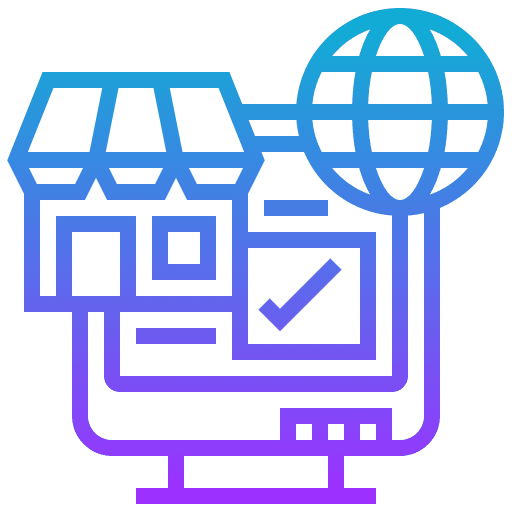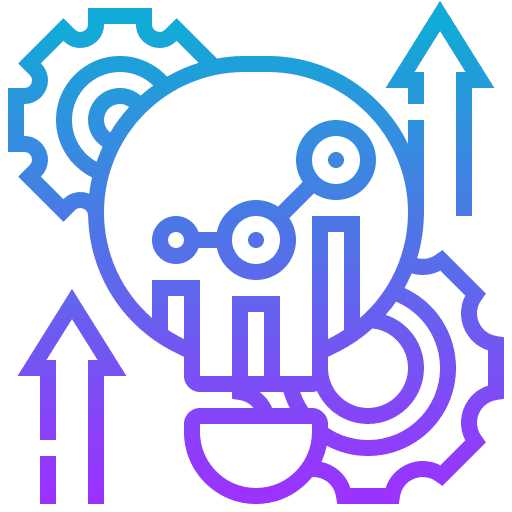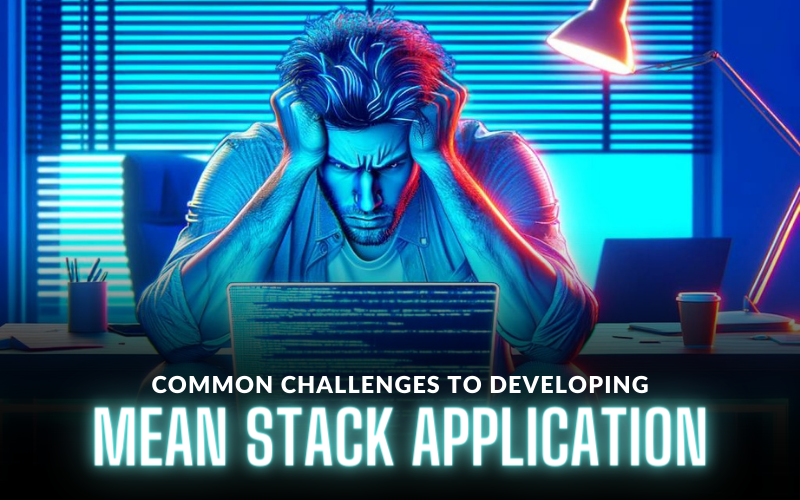Common Challenges to Developing Mean Stack Application
The right technology can be the difference between success and struggle for businesses. The MEAN stack—comprising MongoDB, Express.js, Angular, and Node.js—has become a popular choice for building dynamic web applications. Its versatility and efficiency make it a go-to for many developers and businesses looking to create modern, user-friendly applications.
However, despite its many advantages, MEAN stack development comes with its own set of challenges. From setting up the development environment to managing dependencies and ensuring smooth integration between components, developers often face a variety of obstacles.
In this blog, we will explore these Common Challenges to Developing Mean Stack Application and provide practical solutions to help you navigate them effectively. Whether you’re a seasoned developer or just starting out with the MEAN stack, this guide will equip you with the knowledge to tackle these issues head-on and succeed in your development projects.
What is MEAN Stack?
The MEAN stack is a collection of JavaScript-based technologies used to develop web applications. MEAN stands for MongoDB, Express.js, Angular, and Node.js:
MongoDB: A NoSQL database that stores data in flexible, JSON-like documents. It allows for efficient handling of large volumes of unstructured data.
Express.js: A web application framework for Node.js that simplifies the development of server-side logic and APIs, providing a robust set of features for web and mobile applications.
Angular: A front-end framework developed by Google that enables the creation of dynamic single-page applications (SPAs) with a rich user interface and smooth user experience.
Node.js: A JavaScript runtime environment that allows for server-side scripting, enabling the creation of scalable and high-performance network applications.
Together, these technologies form a full-stack development framework that allows developers to build end-to-end applications using a single programming language, JavaScript, for both client-side and server-side development.
Common Challenges to Developing MEAN Stack Application
1. Setting Up the Development Environment
Setting up a development environment for MEAN stack applications can be tricky due to the need for proper installation and configuration of MongoDB, Express.js, Angular, and Node.js. Ensuring compatibility and resolving version conflicts can consume significant time and effort.
2. Managing Dependencies
Managing dependencies in a MEAN stack project involves keeping libraries and packages up-to-date while avoiding conflicts. Ensuring all team members work with the same versions can be challenging, especially in large projects.
3. Integration and Communication Between Components
Ensuring smooth communication between MongoDB, Express.js, Angular, and Node.js can be complex. Developers need to manage data flow and handle asynchronous operations effectively to ensure all components work well together.
4. Database Management with MongoDB
Designing effective database schemas and managing large datasets in MongoDB can be challenging. Ensuring data consistency and optimizing query performance requires careful planning and execution.
5. Handling Authentication and Security
Implementing secure authentication mechanisms and protecting against common vulnerabilities like XSS and CSRF are critical. Developers need to ensure robust security practices to safeguard user data and application integrity.
6. Performance Optimization
Optimizing the performance of MEAN stack applications involves ensuring fast load times, efficient database queries, and responsive user interfaces. Managing resource-intensive operations without impacting performance is a key challenge.
7. Debugging and Testing
Identifying and resolving bugs across the various components of the MEAN stack can be time-consuming. Effective testing strategies, including unit and integration tests, are essential to maintain code quality and functionality.
8. Scalability Considerations
Designing MEAN stack applications to handle growth in users and data requires careful planning. Developers need to implement strategies to manage increased load and ensure consistent performance as the application scales.
9. Deployment and Maintenance
Deploying MEAN stack applications to production environments involves configuring servers, managing environment variables, and ensuring smooth updates. Ongoing maintenance is essential to address issues and keep the application running smoothly.
10. Real-Time Data Handling
Implementing real-time features like notifications and live updates can be complex. Technologies like WebSockets are often used, but ensuring reliable and efficient real-time communication requires careful design and testing.
11. Cross-Platform Compatibility
Ensuring that MEAN stack applications work seamlessly across different devices and browsers involves handling responsive design and addressing compatibility issues. This is crucial for providing a consistent user experience.
12. Code Quality and Maintainability
Maintaining clean, well-documented, and maintainable code is essential for long-term project success. Implementing coding standards, regular code reviews, and refactoring are necessary to manage technical debt and ensure code quality.
Solutions to Common Challenges in Developing MEAN Stack Application
1. Simplifying Development Environment Setup
Use package managers like npm to manage installations, and create clear documentation for environment setup. Utilizing containerization tools like Docker can also simplify setup and ensure consistency.
2. Effective Dependency Management
Regularly update dependencies and use tools like npm-check-updates to manage versioning. Implement a lock file (package-lock.json) to ensure all team members use the same versions of dependencies.
3. Enhancing Integration and Communication Between Components
Use RESTful APIs and middleware to manage data flow between components. Employ asynchronous programming techniques, such as Promises or Async/Await, to handle operations effectively.
4. Optimizing Database Management with MongoDB
Adopt effective schema design practices and use Mongoose for data modeling. Optimize queries with indexing and ensure regular database maintenance to manage large datasets efficiently.
5. Strengthening Authentication and Security
Implement robust authentication methods like JWT and OAuth. Use libraries for input validation and sanitation, and follow best practices to protect against vulnerabilities like XSS and CSRF.
6. Boosting Performance Optimization
Implement caching strategies and optimize database queries. Use tools like Lighthouse to monitor and improve front-end performance, and profile server performance to identify bottlenecks.
7. Improving Debugging and Testing
Use debugging tools like Chrome DevTools and Node Inspector. Write comprehensive unit and integration tests using frameworks like Jasmine or Mocha, and implement CI/CD pipelines to automate testing.
8. Planning for Scalability Considerations
Design your application with a microservices architecture to handle growth. Use load balancing and horizontal scaling strategies, and consider cloud services for dynamic resource management.
9. Streamlining Deployment and Maintenance
Automate deployment with CI/CD tools like Jenkins or GitHub Actions. Use environment configuration files and scripts for consistency, and schedule regular maintenance windows for updates and fixes.
10. Implementing Real-Time Data Handling
Implement WebSockets for real-time communication. Use libraries like Socket.io for reliable real-time updates, and ensure efficient handling of concurrent connections to maintain performance.
11. Ensuring Cross-Platform Compatibility
Use responsive design frameworks like Bootstrap or Tailwind CSS. Test applications on multiple devices and browsers to identify and fix compatibility issues, ensuring a consistent user experience.
12. Maintaining Code Quality and Consistency
Implement coding standards and use linters like ESLint to enforce them. Conduct regular code reviews, and refactor code to manage technical debt and ensure maintainability. Use version control systems like Git for effective collaboration.
Let Cortech Build Your MEAN Stack Application
Developing applications with the MEAN stack offers numerous benefits but also presents several challenges. From setting up the development environment to managing dependencies, integration, security, and performance optimization, each stage has its hurdles. Understanding these challenges and implementing solutions helps developers navigate MEAN stack complexities effectively. Let’s help Cortech solve these problems and develop a strong MEAN stack application for you
Frequently Asked Questions
Q: What tools can I use for debugging and testing in a MEAN stack project?
Debugging tools like Chrome DevTools and Node Inspector are useful for identifying issues. For testing, frameworks like Jasmine, Mocha, and Chai can be used for writing unit and integration tests. Implementing CI/CD pipelines with tools like Jenkins or GitHub Actions helps automate testing and ensure code quality.
Q: How do I handle real-time data in a MEAN stack application?
Real-time data handling can be managed using WebSockets for bi-directional communication between the client and server. Libraries like Socket.io provide reliable real-time updates. Ensuring efficient handling of concurrent connections and implementing proper error handling mechanisms are also essential.
Q: What strategies can I use to ensure cross-platform compatibility in MEAN stack applications?
Ensuring cross-platform compatibility involves using responsive design frameworks like Bootstrap or Tailwind CSS, testing the application on multiple devices and browsers, and addressing any compatibility issues. Regular updates and user feedback can help maintain a consistent user experience.
Q: How can I maintain code quality and manage technical debt in MEAN stack projects?
Maintaining code quality involves implementing coding standards, using linters like ESLint, conducting regular code reviews, and refactoring code to manage technical debt. Using version control systems like Git ensures effective collaboration and tracking of changes. Regular documentation and adhering to best practices also help maintain high code quality.













